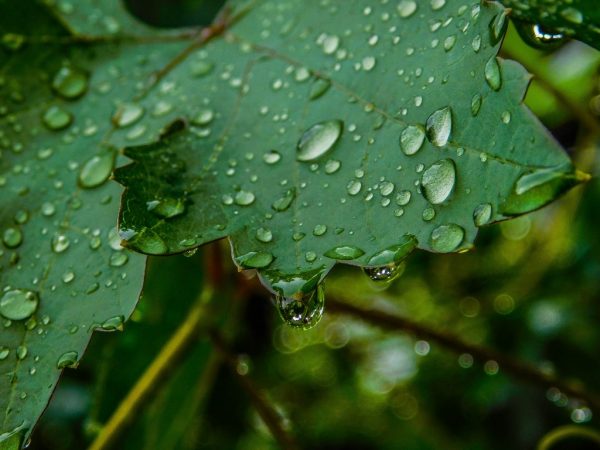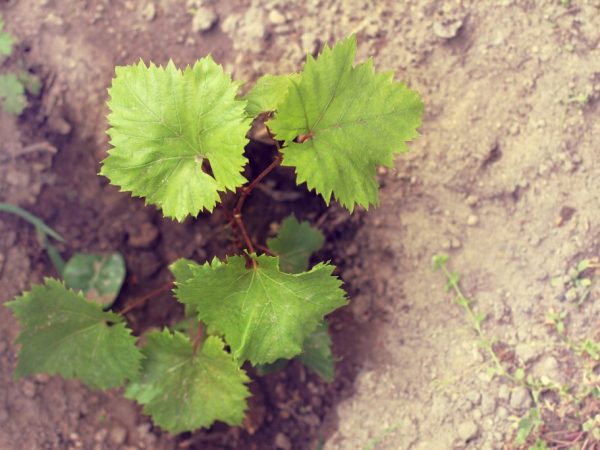Ways of watering grapes
Proper watering of the grapes directly affects the growth, development and fruiting of the bushes. With regular moistening, the yield and the growth rate of the vines increase.

Ways of watering grapes
Watering time
Moistening of the soil under the bushes is carried out throughout the growing season.
Spring
The first watering is carried out at the beginning of the growing season, when there is an intensive growth of the root system, vines and foliage. The soil is watered abundantly with water before the vegetative buds swell. The optimal timing for spring watering is early March, then the first decade of April and 2 weeks before the flowering of the bushes.
Summer
Watering grapes in summer is carried out to maintain the vegetation of plants and soil moisture at an appropriate level. In the summer, just before flowering, and immediately after it, the procedure should not be carried out: this leads to massive shedding of fruits.
It is good to water the grapes while pouring the berries. This summer watering improves the palatability of the fruit. They grow juicy and sweet.
Do not water just before the ripening of the crop, since excessive moisture provokes cracking of the fruit and lowers the sugar level in the pulp. Summer watering during the period of coloring of berries, their ripening and collection is not carried out.
Autumn
If the fall was rainy, the soil is not moistened. In the dry season in regions with uncovered vineyards, the procedure is carried out after leaf fall. Vineyards requiring shelter are watered only after warming.
The optimal timing of autumn moisture is the second decade of October or the first one - November, before the onset of the first frost.
Irrigation of late grape varieties is carried out a month before the planned harvest.
Types of watering
Given the peculiarity of the root system of plants to go deep into the soil, it is worth watering the bushes as deeply as possible: this way the moisture will saturate all the roots of the grapes.
Moisture charging irrigation
Annual water-charging irrigation is carried out in spring and autumn to saturate the soil with moisture for a long period.
Moisture-charging autumn watering increases the frost resistance of the root system for the winter - in moist soil, the roots do not freeze as much as in dry soil. It is produced through drainage holes or trenches.
The first water-charging watering of the vineyard in the spring is done if there was little rainfall in the winter. To stimulate the growth and development of growing vines, the bushes should be watered with warm water at room temperature.
Watering grapes with cold water will stop the growth and development of vegetative buds and protect them from freezing in spring frosts.
Planting watering

After planting, the plant is watered with warm water.
The first watering when planting seedlings is carried out with hot water. The dug holes are watered with boiling water to warm the soil and subsequently stimulate the growth of seedlings.
For watering grapes for the first time, use 15-20 liters of hot water.After it is absorbed, the seedlings are planted, the roots are leveled, and then they are watered with a bucket of warm water. Then they are half-sprinkled with earth, once again irrigated with warm water, but with the addition of top dressing. After that, completely sprinkle with soil to the level of the root collar.
When planting in autumn, it is worth watering the grapes according to the same scheme, only without the use of fertilizers.
Moistening of the shanks (seedlings) germinated in cups is carried out as the soil dries. The first watering is carried out in early spring, the last - in late autumn for the winter. Sprouted stems are planted in the ground and watered in the same way as annual seedlings.
Moistening seedlings after planting
How to properly water grapes after planting:
- carry out the first moistening of seedlings exactly one week after they are planted on the site;
- starting from mid-July, water the bushes no more than 2 times a month;
- to ensure vigorous growth and good maturation of the vine, stop wetting the soil in mid-August until early spring.
Irrigation methods
There are 2 ways to moisturize the vineyard:
- Surface. This method is suitable for young bushes. At a distance of 30 cm from the near-trunk circle, 3-4 pits with a depth of 20 cm are pulled out. In this way, feeding is also carried out.
- For mature plants, drip irrigation is more suitable. Drip tape is placed at a distance of 20 cm from the plant stem in the aisles. Such irrigation provides each bush with the required amount of moisture without the risk of waterlogging.
- Underground watering is the best option. This method has several advantages: it moisturizes the root system along its entire length, and prevents freezing of deep roots in winter. From above, the soil around the bush remains dry, so the risk of developing fungal diseases is reduced to zero. Underground watering is carried out through a metal pipe with a diameter of 10-15 cm. The pipe is dug into a trench to a depth of 0.5 m, leaving a small section on the soil surface. In the lower part of the metal product, holes with a diameter of 10-12 mm are drilled at a distance of 15 cm from each other. The bottom under the pipe is covered with a drainage layer. The top of the product is covered to prevent drainage from entering. Watering grapes underground through drainage holes is economical. The wetting area increases with the minimum water consumption.
Watering frequency
Common ways to determine the need for watering grapes:
- Climatic conditions. In the southern regions, where the summer is hot and dry, the vineyard is moistened more often than in the regions of the northern and middle zone.
- Soil composition. Saplings planted in loamy soil or black soil are watered less often, but more abundantly than those grown on sandy loam soil. Sand has the ability to retain moisture for a long time, therefore, for such grapes, the frequency and frequency of watering is shorter, and the dosage is less.
- Weather. Depending on the temperature indicators and the frequency of autumn-spring precipitation, the frequency of humidification varies.
- Variety. Late grape varieties require more moisture.
- Plant age. For mature bushes during fruiting, a larger dose of water is required than for annual or biennial seedlings.
How to determine waterlogging
Do not water the grapes often: this will lead to negative consequences for its growth and fruiting. Reducing watering is carried out in some cases:
- with increased growth of vines and a large number of stepchildren;
- with a slow ripening process of vines;
- if the berries become watery and tasteless;
- if dark grape varieties have an atypical color of the crop.
Helpful hints
In the process of growing a vineyard, some nuances should be taken into account:
- Grapes are moisture-loving crops. But an excess of moisture can lead to rotting of the root system, and in winter - to freezing.
- With too long a break between moisture, the earth becomes dry, the roots wither, the plant bears fruit with dry and tasteless berries.
- With increased moisture, vines and stepsons develop rapidly on the bush, so it is reduced. If after this the shoots have stopped growing, they need feeding with nitrogen-containing preparations. Fertilizer is diluted with water and applied while the soil is moistened.
- If the summer is dry and hot, the grapes are moderately irrigated not only before flowering, but also during the ripening period.
- Determine that the plant is fully developing and does not suffer from a lack of moisture, possibly by curving green vines.
- For irrigation of both young and old grapes, it is advised to use settled tap water. Melt or rain is well suited. Humidification is carried out in the evening hours with water at room temperature.
- The next day after moistening, the soil is loosened to improve its moisture and air permeability.
Conclusion
To grow healthy, strong and abundant fruitful grapes, watering should be carried out regularly and according to the above scheme. A shrub well charged with moisture will delight you with its rapid growth and high-quality harvest.


